Is the West ever NOT on fire?!
As of Tuesday, 6,000 more wildfires have burned almost a million more acres since Jan. 1, 2021, than in the same time period last year. That adds up to 36,796 fires and 2,823,453 acres so far — and there are still five months to go if we consider that last year’s wildfire season was active through Dec. 31.
The University of California Cooperative Extension has created a map that illustrates just how big the current battle is out west.
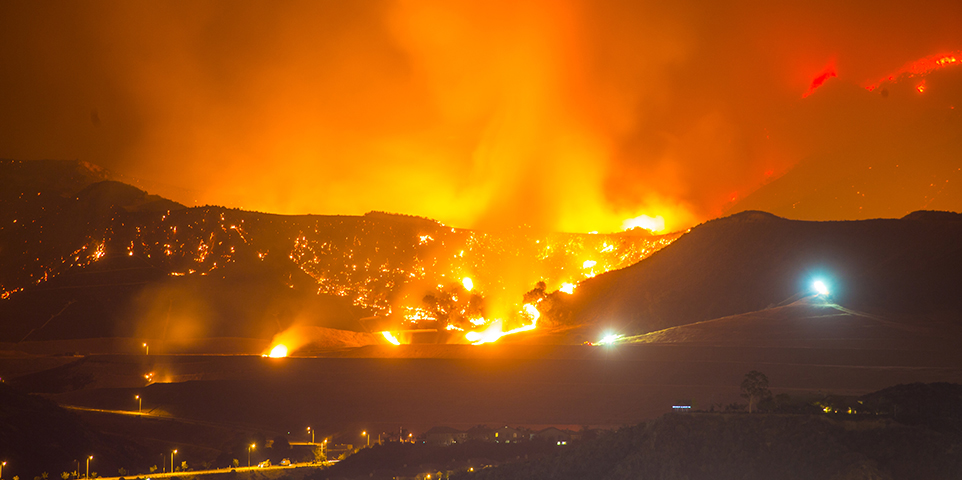
- According to the California Department of Forestry and Fire Protection (Cal Fire), they’ve responded to more than 5,500 wildfire incidents this year that have burned more than 450,000 acres in the Golden State. California currently has six active large fires.
- Oregon has six active large fires that have claimed more than 500,000 acres, including the largest in the country, the Bootleg Fire, which has burned more than 410,000 acres alone.
- Idaho is battling 20 active large fires with a loss of more than 200,000 acres.
- Montana has 19 active large fires covering almost 150,000 acres on its hands.
- Washington has lost more than 120,000 acres to 10 active large fires to date.
- Even Alaska has lost more than 100,000 acres to six large fires.
Severe drought and record temperatures have essentially turned the West into one giant pile of tinder, completely overwhelming wildfire-fighting resources. Firefighters from states as far away as Maine are coming to the aid of their Western counterparts. Congressional leaders in Oregon and Idaho have called on the National Guard to help. Even states that are currently burning are helping their neighbors. There is currently no information available about deaths due to this year’s wildfires.
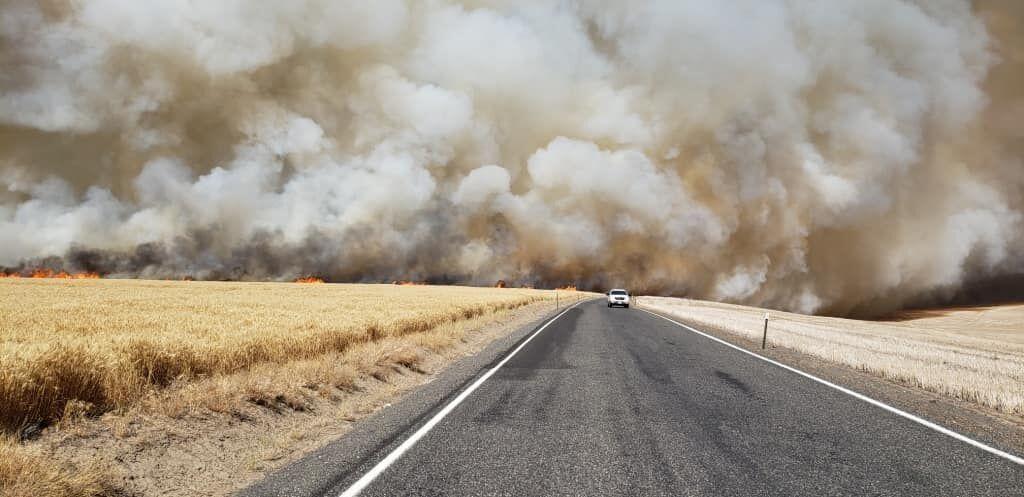
In addition to swallowing homes, businesses, vehicles, and farm animals, the fires and continued drought are exacting a toll on fish and wildlife. Rivers, lakes, and reservoirs were already at deadly levels and temperatures for healthy fish populations, not to mention endangered species such as chinook salmon and steelhead.
Likewise, wildlife displaced by the sprawling wildfires, from grouse and rabbit to big game species such as mule deer, bear, and elk, even if they are adapted to wildfire, are looking at a significant amount of time for their habitats to recover, which means that those once discrete populations and ecosystems are now going to overlap on the same ranges or even extend into human-populated areas.
Read Next: California Drought Amplifies Threat to Endangered Salmon and Steelhead

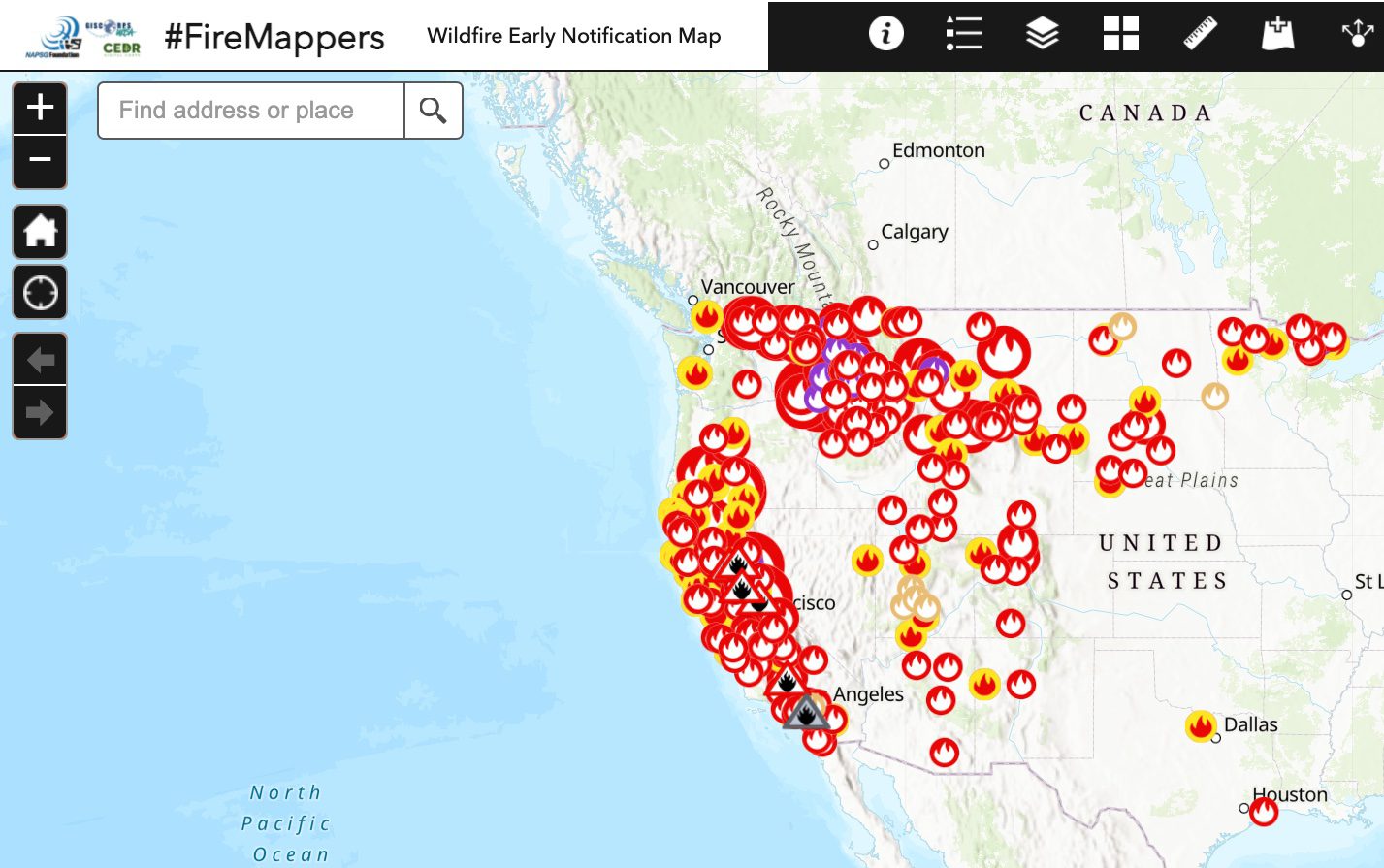

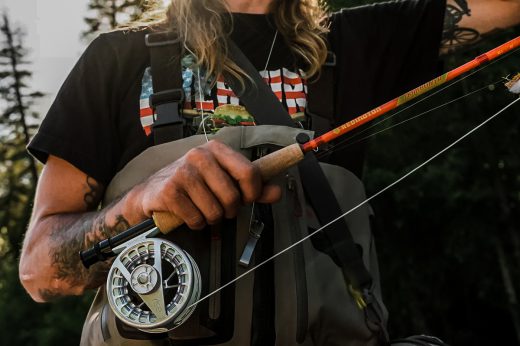
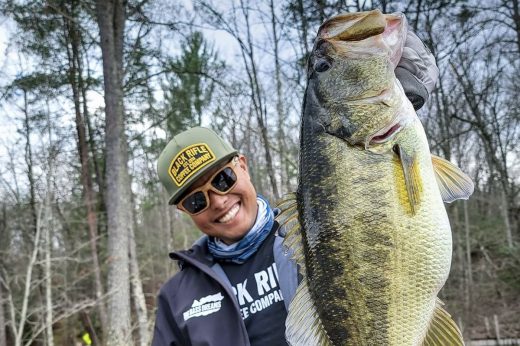
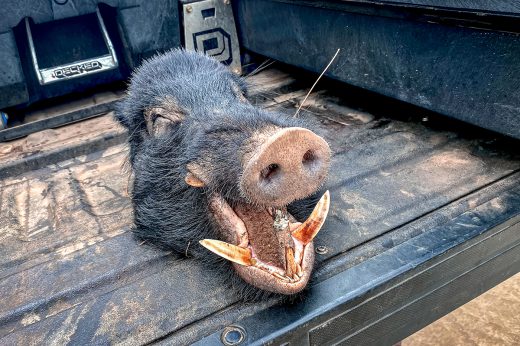


Comments